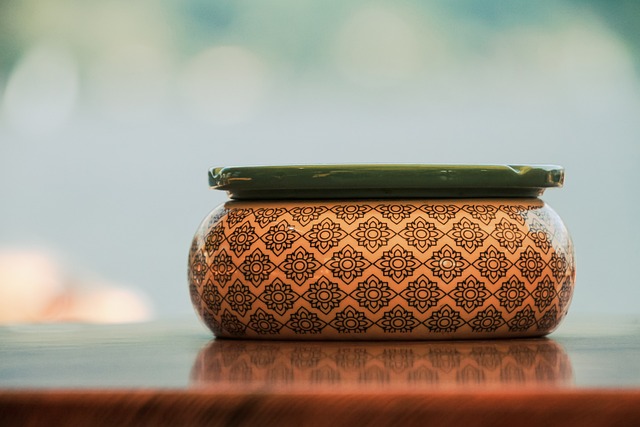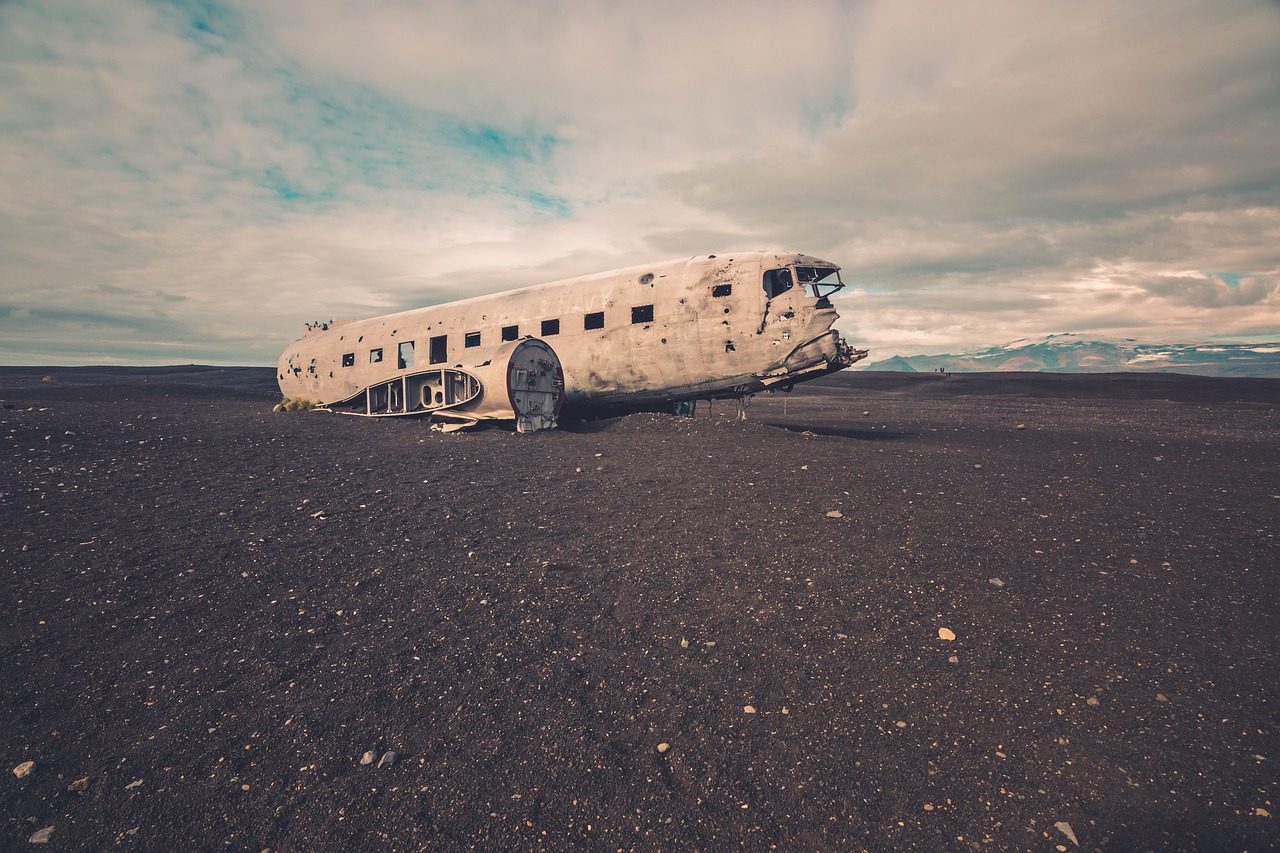【Archaeology】An Annotated WWII Underwater Archaeology Bibliography
With four decades of WWII underwater archaeology publications, the time is nigh to create a comprehensive bibliography and conduct an analysis of tren... [more]
With four decades of WWII underwater archaeology publications, the time is nigh to create a comprehensive bibliography and conduct an analysis of tren... [more]
The majority of Boston's residents are minorities. These minority residents confront the ongoing effects of racism, including the hard histories of e... [more]
This paper focuses on the 5th-millennium BC shift from short-term habitations to permanent tell settlements in southern Romania: from the Cris, Dudesti and Boian to the Gumelnitu Cultures. Archaeological and geomorphologic data suggest that changes in riv

The electrochemical response of metal ions in different samples of coloured ceramic tin-lead glazes attached to graphite/polyester composite electrodes is described. In addition to the ubiquous signals for lead, reductive dissolution processes are followe
Six seasons of excavation, survey and test pitting in the Peak District National Park, England, were conducted by the Park Authority and the Department of Archaeology & Prehistory, University of Sheffield, on a moorland rich in features surviving from Pre
Knowledge of our ancestor's diets is becoming increasingly important in evolutionary medicine, as researchers have argued that we have evolved to specific type of 'Palaeolithic' diet, and many modern nutritional disorders relate to the mismatch between
The history of ships and boats is filled out through three forms of evidence: archaeological discoveries, textual sources, and a corpus of artistic images. Art from Venice and Ravenna in north-east Italy and the Topkapi Museum in Istanbul, Turkey, offers
During fabrication, local variations in convective-diffusive mass transfer and current distribution can give rise to undesirable variations in material composition for electrodeposited microelectromechanical systems (MEMS). Local transport characteristics
The purpose of the present work is the analysis of ceramic remains of indigenous manufactory tradition, found in an excavated area in the city of Buenos Aires, Argentina. The presence of aboriginal pottery together with elements of European origin for 17t
A discussionis presented of environmental controls that affect the preservation of archaeological artefacts in the marine environment. Physical, biological and chemical degradation processes are discussed although it is appreciated that these processes op
Archaeologists working in post-colonial nations are still coming to terms with the contextuality of their data. This is accentuated for archaeologists researching sites of indigenous/colonizer contact. Here descendants of the indigenous people who confron
Ceramic use-alteration analysis is a useful approach to determine vessel function. however, some forms of post-use alteration hinder analysis from recognizing use alteration and/or selecting appropriate samples for analysis. This paper illustrates how, th
This article pretends to demonstrate that preventive conservation of archaeological objects from historical period is possible, at rather low costs, if in precise moment, the right decisions are taken.
Research in the Northern Province of South Africa has revealed a most surprising new rock art find: a painting of a camel. This paper investigates how and why a camel came to be painted in the remote rock art of the Makgabeng hills. Analysis of archival m
The discovery of the five scuttled Viking ship of Roskilde Fjord in Denmark and the subsequent excavation, preservation and analysis of the remains has initiated a programme of reconstructive archaeology led by the Viking Ship Museum of Roskilde in which

Military aircraft crash sites are currently being reviewed by English Heritage's Monument Protection Programme. The aims are reviewed in a paper that shows the increasing interest in modern archaeology.
During the last twenty years Maori have endeavoured to re-establish control over their material culture and spiritual relationship to the landscape working through new associations with local bodies, museums and researchers. One of their concerns is with